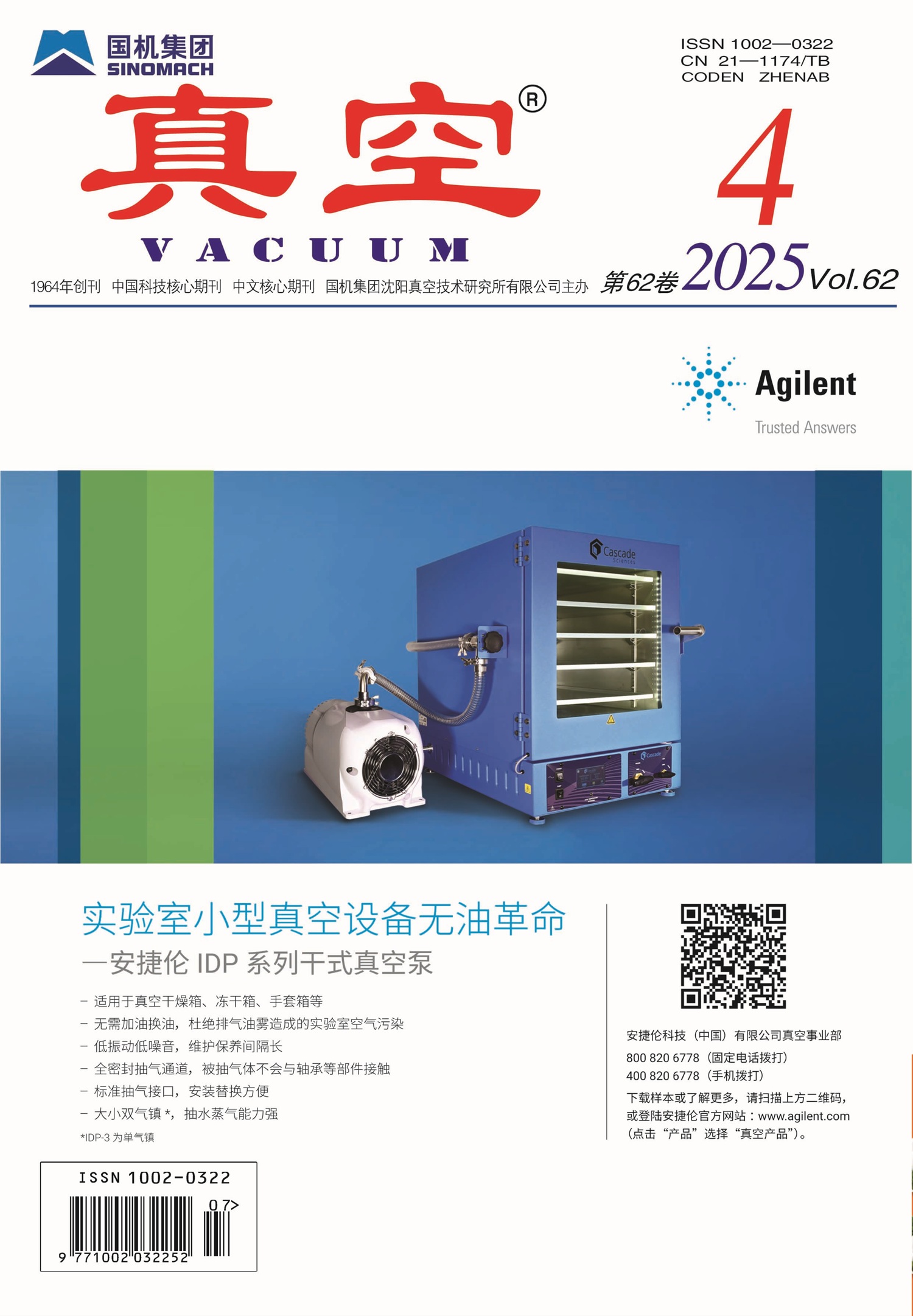|
|
Application of Magnetron Sputtering Deposition Technology for (Cr,Ti,Al)N Coatings
ZHAO Fan, XIANG Yan-xiong, ZOU Chang-wei, YU Yun-jiang, LIANG Feng
VACUUM. 2024, 61 (4):
22-29.
DOI: 10.13385/j.cnki.vacuum.2024.04.05
Transition metal nitride hard coatings are widely used for cutting tools, precision molds and mechanical parts. With the development of cutting technology and the increase of difficult-to-process materials, hard coatings have been continuously developed from traditional binary coatings to ternary coatings and quaternary coatings. The (Cr,Ti,Al)N quaternary coatings have attracted much attention because of their excellent comprehensive properties. Based on the basic principle and technical characteristics of magnetron sputtering deposition, this paper introduces the common magnetron sputtering deposition technology for the preparation of (Cr,Ti,Al)N coating, analyzes the effect of using elemental target and alloy target for deposition, and studies the influence of magnetron sputtering process parameters on the mechanical properties of (Cr,Ti,Al)N coating, and finally discusses the function and preparation method of (Cr,Ti,Al)N gradient coating. This paper may provide theoretical reference and guidance for designing the preparation process and improving the properties of (Cr,Ti,Al)N coating.
References |
Related Articles |
Metrics
|

 Table of Content
Table of Content
 Table of Content
Table of Content